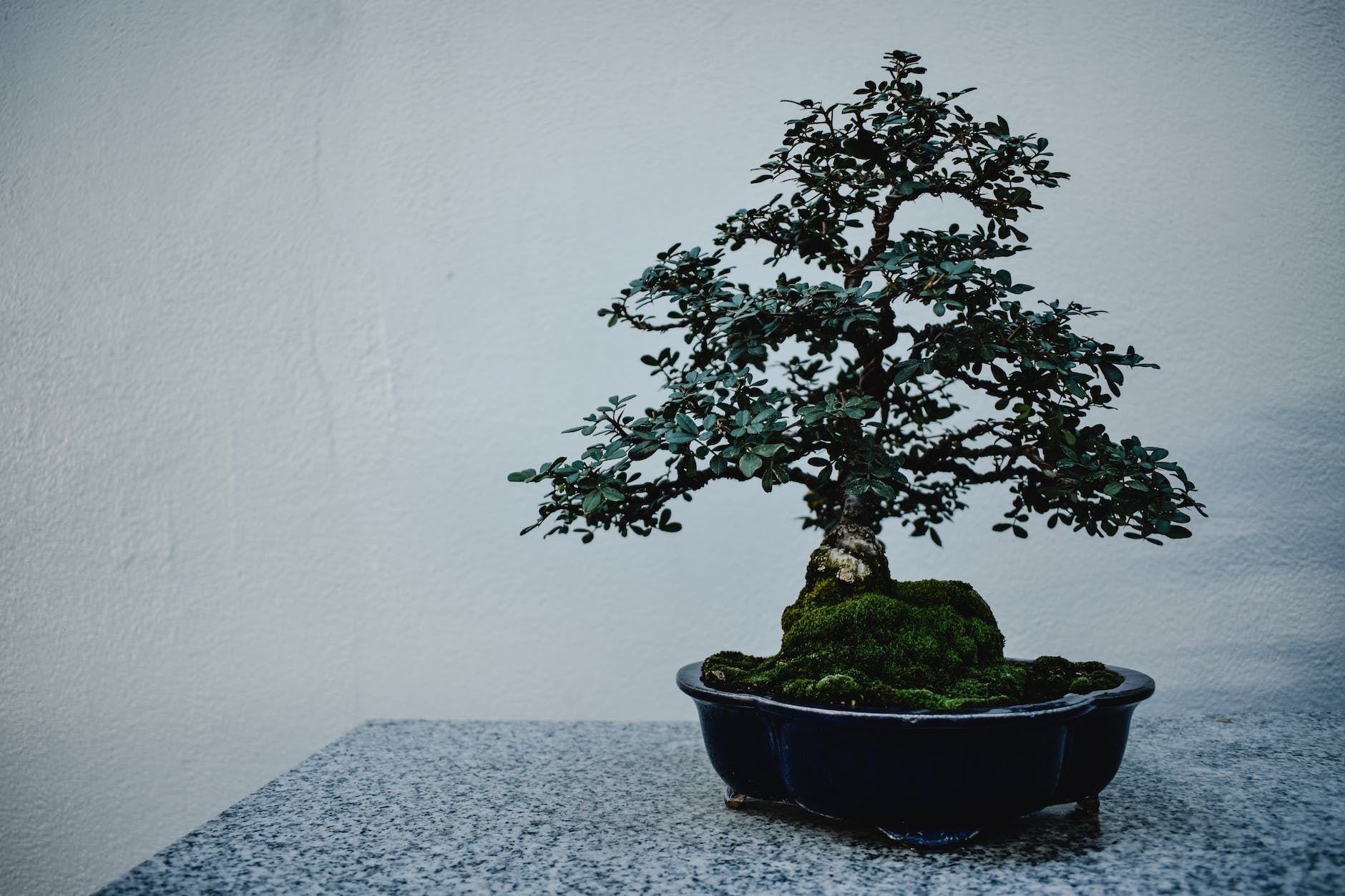from sapling to bonsai: a step-by-step guide to tree cultivation
Bonsai trees are miniature trees that are grown in pots and cultivated in a way that mimics the shape and form of full-sized trees. The art of bonsai originated in Japan and has since gained popularity all over the world. In this article, we will guide you through the process of growing a bonsai tree from a sapling, step by step.
What is Bonsai and How to Get Started?
Understanding the Art of Bonsai
Bonsai is more than just growing a small tree in a pot. It is a form of art that requires careful cultivation and shaping to create a miniature representation of a tree in nature. Bonsai trees are known for their stunning beauty and tranquil presence.
Choosing the Right Tree for Bonsai Cultivation
The first step in bonsai cultivation is choosing the right tree. While almost any type of tree can be grown as a bonsai, certain tree species are more suitable than others. It is important to select a tree species that is adaptable to the climate of your region and that can thrive in a container.
Starting Bonsai from Seed
One way to grow a bonsai tree is by starting from seed. This process requires patience and attention to detail. Begin by selecting high-quality tree seeds and follow the instructions for germination. With proper care and nurturing, the seedling will start to sprout and grow into a young bonsai tree over time.
Tree Cultivation Techniques
Creating a Bonsai from a Cutting
Another method of growing bonsai involves creating a bonsai from a cutting. This technique allows you to clone an existing tree and create a bonsai with similar characteristics. Ensure that the cutting is taken from a healthy tree and provide the necessary conditions for it to root and grow into a bonsai.
Growing Bonsai Indoors
While bonsai trees are often associated with outdoor cultivation, it is possible to grow them indoors as well. Indoor bonsai trees require special care due to the limited availability of natural light and humidity. Provide adequate light, temperature, and moisture to ensure that your indoor bonsai thrives.
Pruning and Shaping Your Bonsai
Pruning and shaping are essential techniques in bonsai tree cultivation. Regular pruning helps maintain the desired shape and size of the bonsai, while shaping techniques such as wiring and bending branches add aesthetic appeal. Carefully prune and shape your bonsai to create a beautiful living art form.
Caring for Your Bonsai Tree
Proper Watering and Fertilization
Proper watering and fertilization are crucial for the health and growth of a bonsai tree. The watering needs of a bonsai tree depend on the species, size of the pot, and environmental conditions. Similarly, fertilization should be done with a balanced bonsai-specific fertilizer, and the frequency should be adjusted depending on the tree’s needs.
Winter Care for Bonsai
During the winter months, bonsai trees require special care to protect them from frost and freezing temperatures. Depending on the species, some bonsai trees may need to be moved indoors or provided with additional insulation. Monitoring the soil moisture and protecting the roots from extreme cold is essential for the tree’s survival.
Choosing the Right Bonsai Nursery
When purchasing a bonsai tree or the necessary supplies, it is important to choose a reputable bonsai nursery. Bonsai nurseries offer a wide variety of tree species, tools, and accessories specifically tailored for bonsai cultivation. Seek advice from bonsai experts and select the best nursery to support your bonsai journey.
Troubleshooting Common Bonsai Problems
Dealing with Pest Infestations
Pest infestations can pose a threat to the health of your bonsai tree. Common pests that affect bonsai include aphids, spider mites, and scale insects. Regularly inspect your bonsai tree for any signs of pests and take appropriate measures to control and eliminate them to prevent damage to the tree.
Reviving a Sick Bonsai
If your bonsai tree is showing signs of decline or sickness, it is important to take immediate action to revive it. Diagnose the problem by examining the leaves, branches, and roots. Adjust the watering and fertilization regimen, repot if necessary, and provide proper care to help the tree recover and regain its vitality.
Managing Deciduous Bonsai Trees
Deciduous bonsai trees, which shed their leaves during certain seasons, require specific care and attention. Pruning and shaping deciduous bonsai should be done during the appropriate season to ensure optimal growth and development. Understanding the unique characteristics of deciduous trees will help you to manage and care for them effectively.
